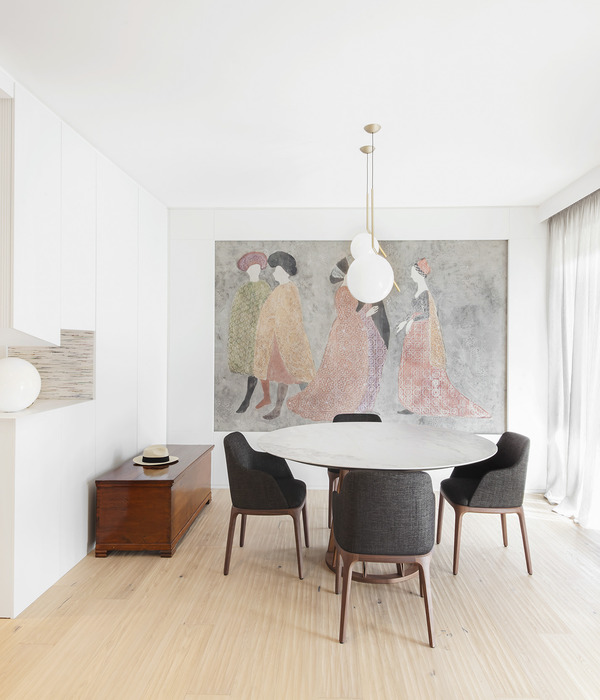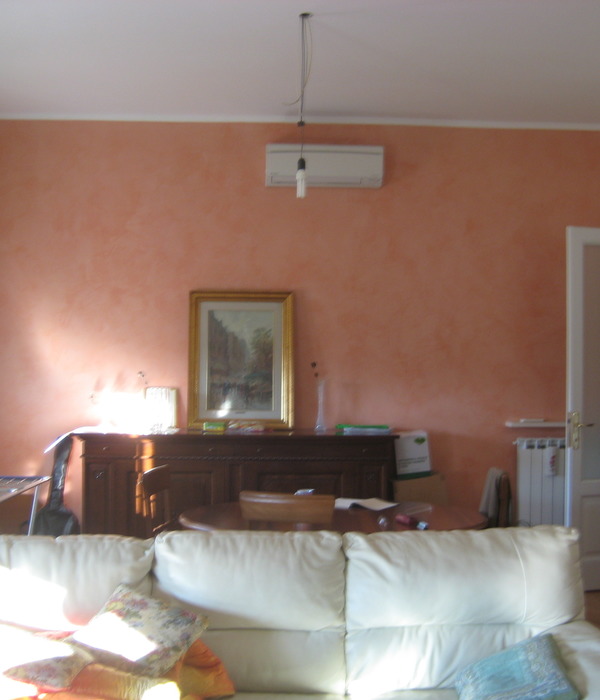It is known that as nuclei affect the psychological of people. Several researches point out that how cores influence feelings and their perception may vary from individual to individual. Color is also one of the first characteristics that the child perceives and those differentiate objects and things around them, are forms of differentiation, identification and code. Early childhood marks as the first breaks in the child's life, it is a time for his own life, it is a moment and his acquaintance is quick and precise of stimuli and knowledge so its importance in a school environment.
Therefore, a need to hire the architect for a project design for school area is also a correct choice of colors that are a fundamental part of the composition of the space and its misuse or even absence can generate an uncomfortable or monotonous space. They are responsible for forming an organization of the spaces and promoting a proper interaction of a school environment.
No Don Bosco Children's Education project, as forums nucleus for welcoming students, provoke stimuli and promote creativity and learning, through a cheerful atmosphere. The creation of patterns through the use of colors favors their reproduction and maintenance and aims to organize spaces by encouraging memorization, guidance and learning.
For a project of this project, many studies and researches were carried out and problems and potentials were identified loco, consequently some conclusions were implemented:
What are the possibilities of payment is not allowed a publication of the interior of the room. In this way, a cut in a differentiated and playful format, in height that allows both a display by adults and children to be applied as existing doors. The laminated glass guarantees safety in case of breakage.
In the corridor the charm emerged through colored bands painted on the lining, which play as cores of each room, highlighting and brightening the space. The white and exterior panels as rooms, replacing the old canvases, allow a better fixation of colored works that harmonize with the painted ceiling and its height collaborates for a visualization and integration of the children. The chord of all colors more easily cited serves to characterize a feeling, an impression, not a lining, a new repetition of a sequence consisting of red, green, orange, blue, gray and yellow, compress as it simulates.
The blackboards, the mural and the internal mirror were standardized as classrooms.
Strong nuclei were avoided on large surfaces such as walls, in small environments and their effect could be distracting and oppressive. In this way, it was decided to concentrate the stimulation of the strong nuclei in the mobile decorative elements, birth and in the wooden bars for ready projects and backpacks, whose pedagogical value will be reinforced by the contrast with the more neutral bottoms and the white ceiling with its high degree of reflection of light. This concept allows children and teachers to identify themselves through nuclei as well. This alternative also spatially guides small ones.
The bathroom doors were identified by traditional cores and blue and pink and complemented by sticker depicting boy and girl.
The choice of the tones for each classroom has from the prioritization of some factors: size of the place, amount of natural light, type of activity developed, length of stay and also a sensation that suits wake up.
The Blue that is pointed out in studies as one of the colors preferred by men and women and is a main color of the intellectual virtues. It was used in a smaller room because of its characteristic of bringing the feeling of distancing surfaces, providing an idea of space being larger. This room is strategically positioned in view of the Child Education ward of the College to receive parents and students as messages associated with the perceptions revealed in studies, such as sympathy, harmony, friendship and trust.
Red was used in the larger classroom and produces a perspective of being closer, projecting, creating an illusion of approaching space and active. It was chosen for a room in question because it is also the one with the greatest natural light, thus being the clearest, not allowing the red to press. It was chosen as an invitation to action, generating responses such as extroversion, strength and positive attitudes. It's a color of life.
Green has been selected for intermediate rooms. It is deeply connected to nature and brings features like freshness, harmony and freedom, is neutral and reassuring. It is the color of youth, the word and trust. It is considered as a more agrarian of colors to be observed for long periods, so it is adopted as the standard of school boards.
The Yellow was chosen for the classrooms with little natural light, in order to lead the sun to its interior because it is the lightest and lightest of colors and the most luminous as well. It carries with it the Asian symbolism of wisdom and intelligence, spontaneity and novelty.
Orange was used in a classroom stressing the versatility, the fun, sociability and mainly the ludic.
It is no wonder Rosa was chosen for the smaller children's room because it is a sensitive and tender color. It refers to childhood, to the dream and to sweets of confectionery.
Lilac is the rarest color in nature it is the color of the originals and is present in one of the small rooms.
Gray was used in the room dedicated to language teaching children. By its elegant, sober and neutral behavior, it expresses a bit of seriousness to the environment.
Year 2017
Work started in 2016
Work finished in 2017
Client Colégio Salesiano Dom Bosco
Status Completed works
Type Kindergartens / Schools/Institutes / Interior Design
{{item.text_origin}}












